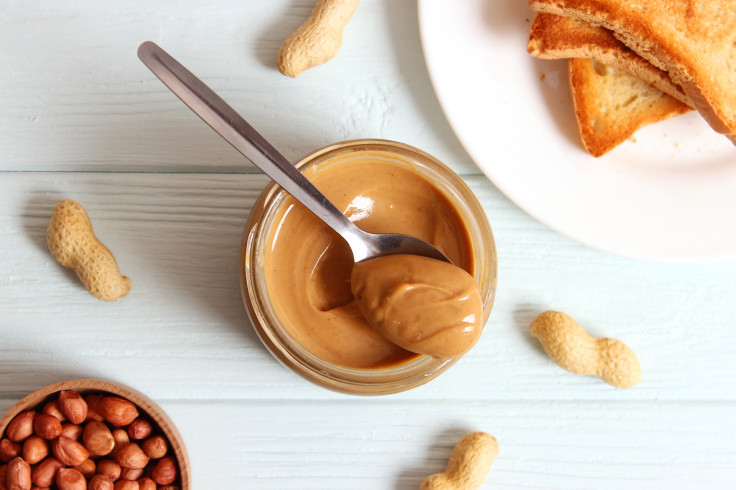
Peanut butter lovers seamlessly incorporate the spread into everything, whether it is sweet or savory combinations, breakfast or dinner. And those who really can't live without it will likely take of the special deals on National Peanut Butter Day, which falls on this Wednesday, Jan. 24.
What not many fans of this staple of American cuisine know is that its history dates back centuries before the famous peanut butter and jelly sandwich existed. They can thank pre-Columbian cultures of Latin America for this marvel that is now found in almost every household in the country.
When recapping the fruits and vegetables that arrived in Europe following their arrival in America, it is very common to mention foods like potatoes, tomatoes, corn, or cocoa. However, peanuts must also be included in the list.
National Peanut Butter Day: Its Origins in Latin America

Colombian philosopher Vanessa Villegas explores the history of peanuts in her podcast "Carreta de Recetas." She provides insights into the extensive migratory journey of this crop, originating in South America and domesticated over 7.5 millennia ago.
According to her research, peanut later traveled to Mesoamerica around 2,000 years ago, and following Christopher Columbus's arrival in the Americas, the peanut reached Europe, Africa, and Asia – seemingly before setting foot on U.S. soil.
The plant, scientifically named Arachis hypogaea, is a shrub that grows underground. However, the peanut we are familiar with is not a root; instead, its flowers extend and make their way above the ground where the fruit develops, as explained in a BBC article.
The advantages they had compared to other available foods were that peanuts were very easy to store and also highly nutritious.
"In pre-Hispanic Peru, peanuts were consumed raw, roasted, ground, and combined with honey, much like marzipan. They were served fried, boiled, as powder or cream, used in sauces, to thicken soups, and to make beverages," narrates the podcast "Carreta de Recetas."
It also had a spiritual meaning. There is evidence of some cultures using peanuts as offerings to their gods, a practice that is still present in some cultures.
National Peanut Butter Day: How the Product Was Reinvented?
The treat was reinvented in the 19th century within the United States, eventually becoming a widely embraced food both in the nation and globally, according to an article in the Smithsonian Magazine.
The culinary evolution was spearheaded by John Harvey Kellogg, a Seventh-Day Adventist medical professional and nutritionist, who championed vegetarianism and sought to substitute meats with nutritious alternatives.
Kellogg conducted experiments with almonds and peanuts, ultimately favoring peanuts for their cost-effectiveness. In 1895, he successfully patented the initial version of peanut butter.
© 2024 Latin Times. All rights reserved. Do not reproduce without permission.







